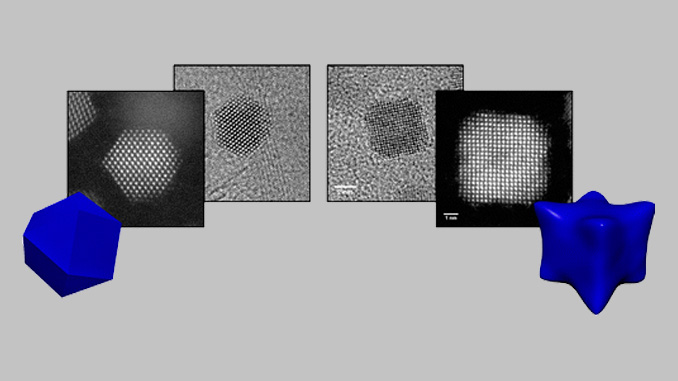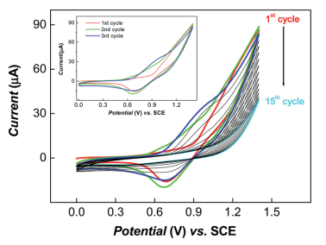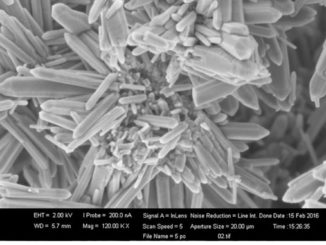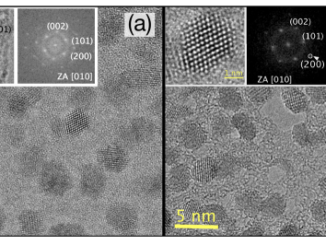
Writers: Marco A. L. Cordeiro; Weihao Weng; Daniel G. Stroppa; Christopher J. Kiely; and Edson R. Leite
Keywords: CeO2; HAADF-STEM; HRTEM; nanocrystals
Abstract: In this research, high resolution transmission electron microscopy (HRTEM) and high angle annular dark field–scanning transmission electron microscopy (HAADF-STEM) studies of ceria(IV) oxide CeO2 nanocrystals (NCs) synthesized by a hydrothermal/two phase process were conducted. The synthesis route affords the possibility of controlling the shape of the CeO2 NCs by changing the oleic acid/cerium ([OLA]/[Ce3+]) ratio. At a relatively low [OLA]/[Ce3+] ratio of 4, a polyhedral NC morphology was obtained with {111} and {200} termination facets. Increasing the [OLA]/[Ce3+] ratio to 8, while maintaining a constant reaction time and temperature during the synthesis, truncated cube-like CeO2 NCs with {200}, {220}, and {111} termination facets was generated. These morphologies were identified by HRTEM and HAADF-STEM characterization. Fourier transform infrared (FT-IR) analysis and thermogravimetric analysis (TGA) confirm the presence of chemically bonded oleic acid (OLA) on the CeO2 NC surface. It indicates that there is a relationship between the bonded OLA and the shape of the NC. Additionally, the identification of concave surfaces on {200} facets by HAADF-STEM characterization suggests that the formation of the cube-like CeO2 morphology is a multiple step mechanism. On the basis of these observations new growth mechanisms for the CeO2 morphology variants are proposed.




